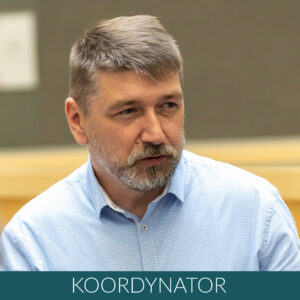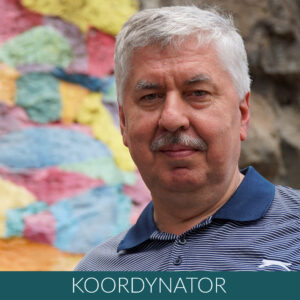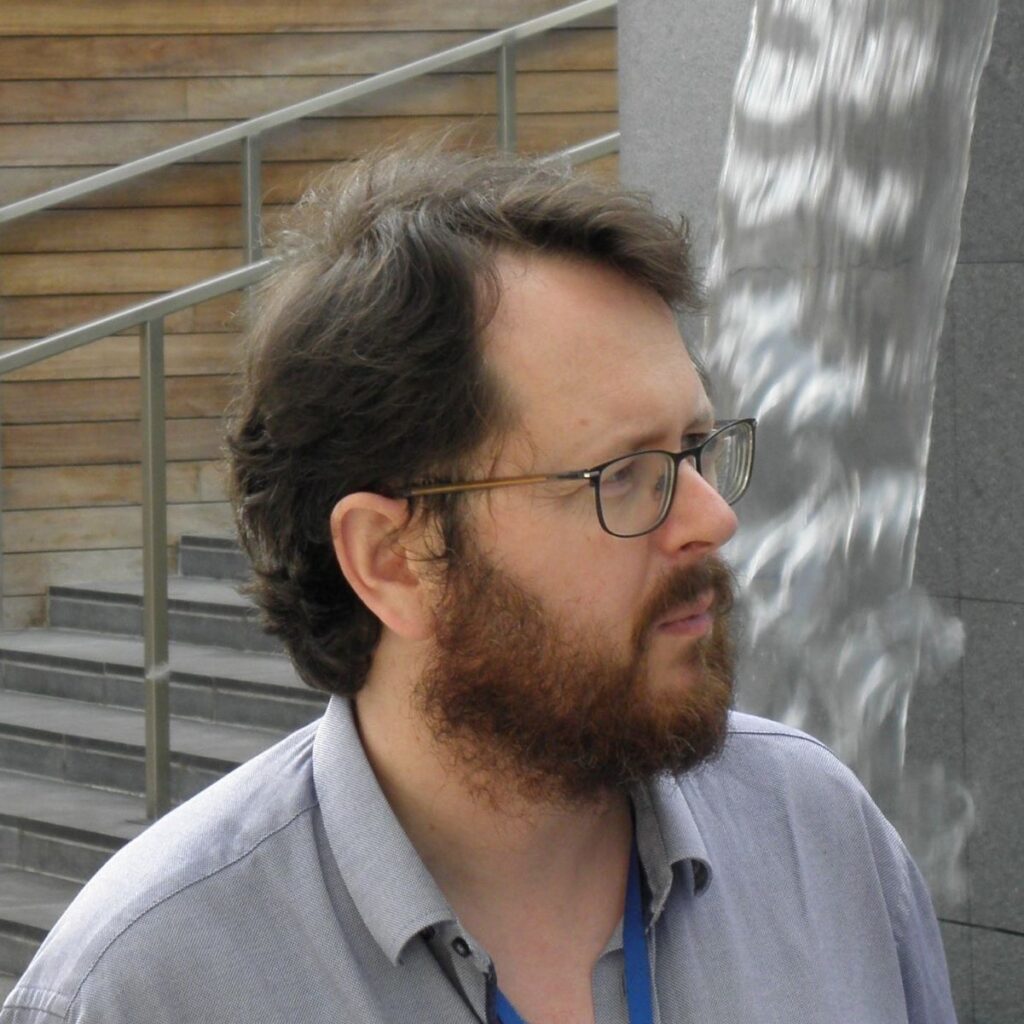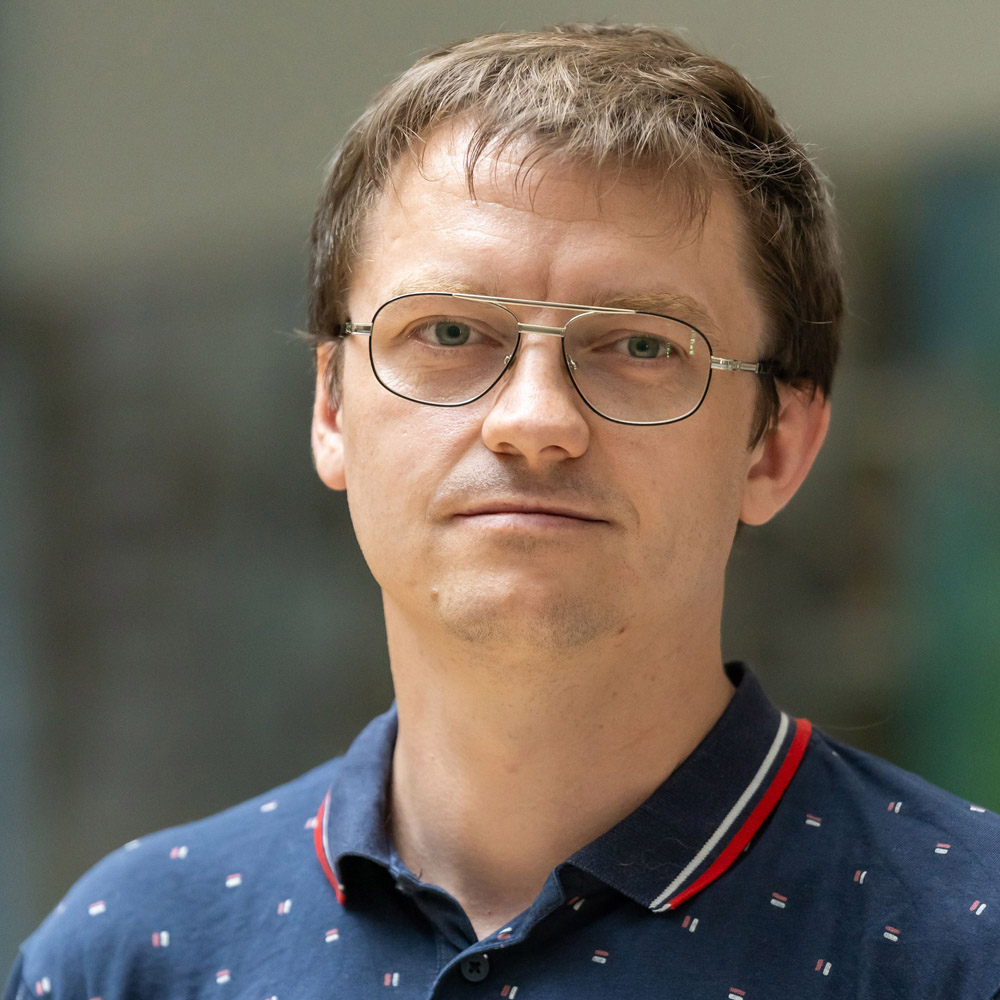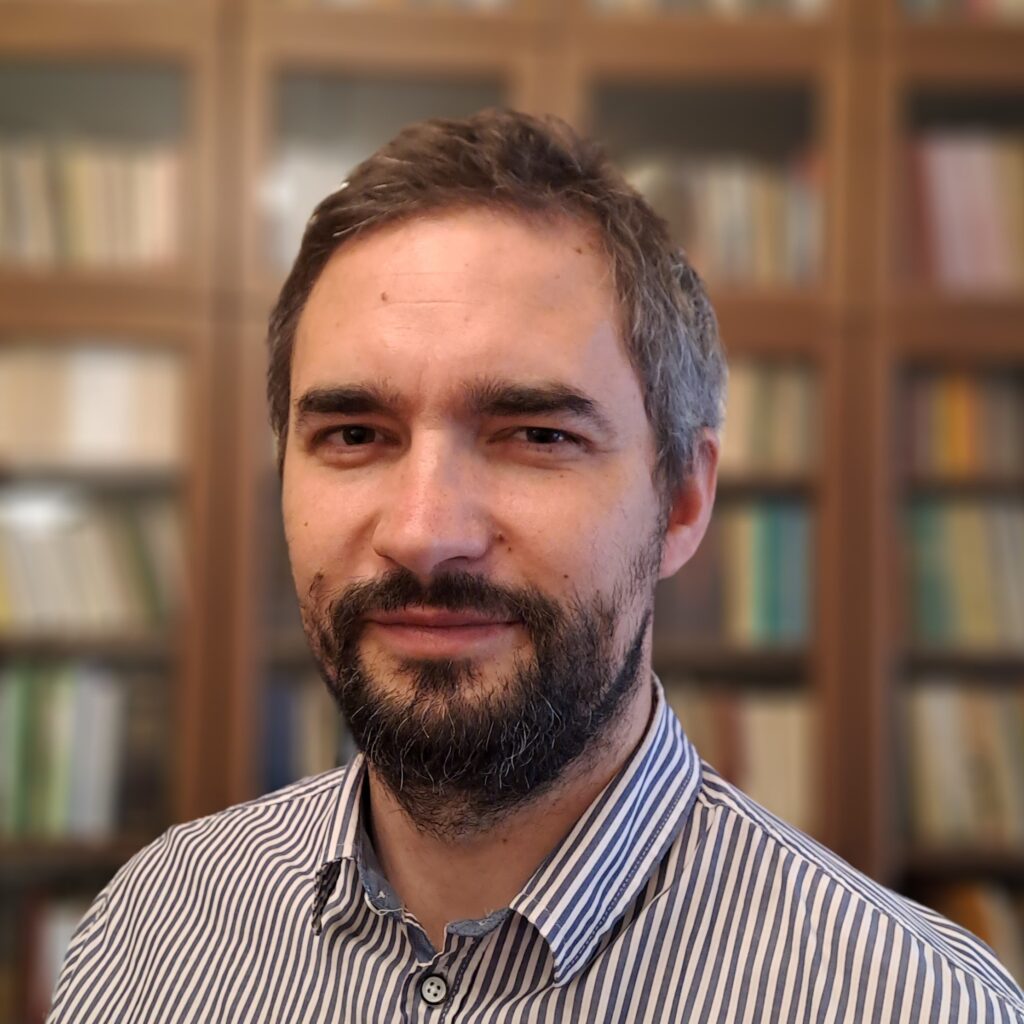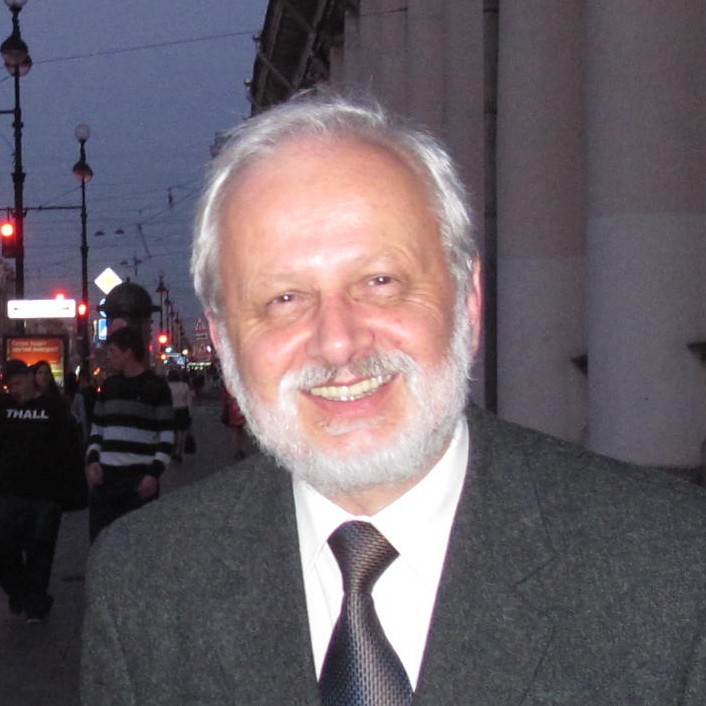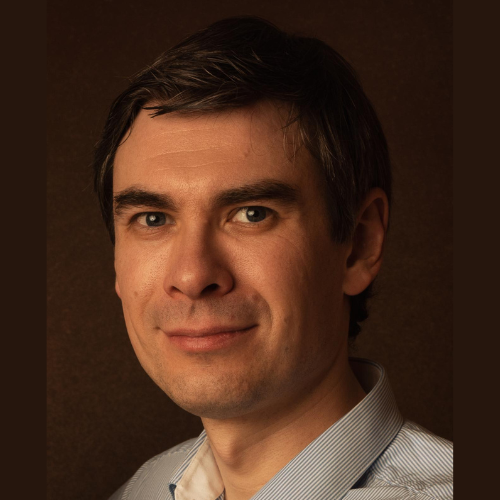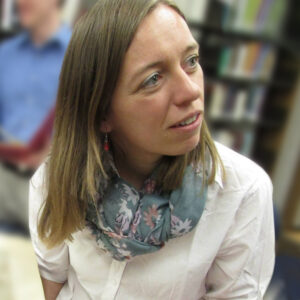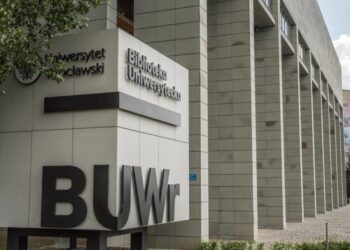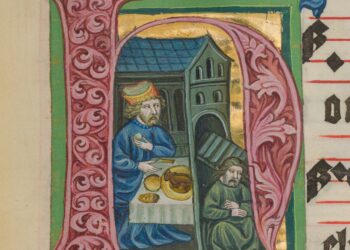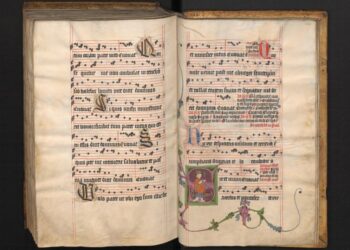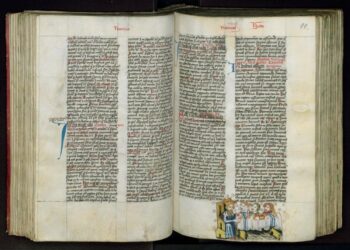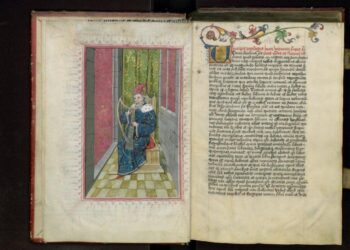Medieval Manuscripts
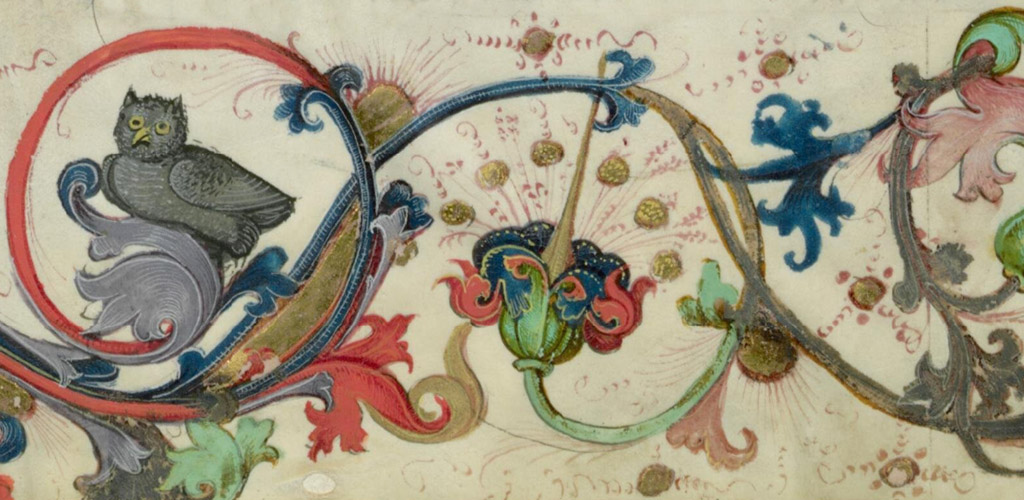
Manuscripts at the Monastery of the Canons Regular of St Augustine in Żagań
The Monastery of the Austin Canons Regular in Żagań (Sagan) in Lower Silesia was one of the most important centres of this religious order in Central Europe. It was founded by Henry the Bearded and his wife St Hedwig in 1217. The monastery was first located in Nowogród Bobrzański; it was moved to Żagań in 1284. In the Late Middle Ages, it became an important centre of intellectual life. The most distinguished scholar to emerge from it was Ludolf of Żagań (he died in 1422), who is remembered primarily as a conciliarist supporting efforts to restore the unity of the Church at the time of the Western Schism; as a critic of Hussitism, which was becoming more and more widespread in his day, and as an excellent chronicler of the history of the divided Church and his own monastery.
The Żagań monastery is also renowned for its magnificent library. Despite numerous losses suffered fromring fire in the fifteenth century, at the dawn of the early modern period the Library held possibly more than a thousand codices, approximately 800 of which were manuscripts. This made the collection one of the largest in that part of Europe. It expanded thanks to the input of the monastery’s own scriptorium. Many books were included in the collection as a result of close relationships with monasteries in Silesia, Poland, Bohemia and Germany. Despite many historical tribulations, such as Prussian secularisation policy at the beginning of the 19th century and, especially, the Second World War, the former monastic library is the largest extant historical book collection in Poland. It includes more than fifteen hundred medieval codices, which are housed in Wrocław University Library.
Be that as it may, there is still much to learn about the collection. Research shows that the Żagań collection is dominated by religious material – texts in Biblical studies and various branches of theology and philosophy – which is not uncommon in monastic libraries. These works include items of exceptional value, such as preaching literature, especially texts written at the Żagań monastery (the works of Ludolf of Żagań, Andreas Ritter, or the Żagań canon, Heinrich Honover, who preached in Przemyśl). These have not been analysed yet. Historiographical texts, such as the generally unknown or completely overlooked works of the aforementioned Ludolf of Żagań, the Kraków graduate Johannes Wettziger’s writings on Polish history or Andreas Ritter’s historical and autobiographical notes, also require an edition and wide distribution. Even though the codices in the Żagań collection are also excellent monuments of artistic production, they have not been analysed carefully from that perspective.
The need to cover these issues was raised by scholars of medieval Central Europe, including Poland and Silesia, especially those interested in intellectual and religious culture, and researchers studying the history of books. The catalogue of Żagań manuscripts, a project run by the Centre for Medieval Studies in collaboration with Wrocław University Library, aims to fill those gaps.
The project has been divided into several stages. The first one will last five years and will result in producing more than 280 descriptions of codices. Editorial methods and guidelines for the description of codices comply with the highest standards of modern codicology. The results will be published as a printed multi-volume catalogue of manuscripts as well as in online databases: that of Wrocław University Library and the Manuscripta.pl website. Moreover, high-quality copies of the codices will be available in the Digital Library.
Manuscripts of the Dominicans of Wrocław held in Wrocław University Library – Part 1: The folio manuscripts
St Adalbert’s Dominican Friary in Wrocław (Breslau) is one of the oldest institutions of this order in Poland. The friars arrived in the city in 1226 and were given the Church of St. Adalbert near what now is Dominican Square. They served the city spiritually until the dissolution of the monastery at the beginning of the nineteenth century.
Their community played a significant part in the life of medieval Wrocław. For example, according to hagiographic and historiographic traditions, Czesław Odrowąż, the founder and prior of the monastery, performed miracles there during the Mongol invasion in 1241. Later, urban communities were not the only centres where Dominicans constituted an intellectual elite; friars also maintained close connections with universities. Between 1432 and 1500 as many as eighty Wrocław Dominicans studied in Cambridge, Paris, Leipzig, Cologne, Prague and Kraków. Peregryn of Opole, Franciszek Oczko, Johannes of Ząbkowice and Matthias Hayn are some of the late-medieval local friars who celebrated scholars.
The fifteenth century was the age of glory and plenty for the Wrocław monastery. Close ties with the Kraków friary and the University of Kraków facilitated intellectual exchange through the medium of manuscripts. There are 238 sources recorded in the extant fragments of the fifteenth century inventory of the Wrocław monastery library; the number of works and, consequently, manuscripts must have been much larger since more then 300 medieval codices – mostly dating from the fifteenth century – have survived from the collection to this day.
After the secularisation of Church institutions by the Prussian authorities between 1810 and 1812, the collection of the Wrocław Dominicans, like the library of the Austin Canons Regular in Żagań, was deposited in Staats- und Universitätsbibliothek Breslau. Fortunately, it has survived until now and is housed currently in Wrocław University Library.
Not only does the collection constitute an indispensable source of knowledge about the intellectual and spiritual culture of the Wrocław Dominicans, but it also preserves the only existing copies of works composed in Kraków (both in the Dominican Friary and the University of Kraków) and other monasteries (for example in Świdnica). This is why editing this portion of the medieval manuscript collection in Wrocław University Library is a task of paramount importance for further research on the Late Middle Ages.
Registering and cataloguing manuscripts is a task that has been undertaken in the past. One of the pioneers in this field was Dr Ryszard Tatarzyński, an experienced scholar of manuscripts from the Jagiellonian Library, who used microfilms to prepare materials for describing Dominican manuscripts. Currently, his work is the starting point for creating full catalogue descriptions. At the present stage of the project such descriptions will be produced for more than seventy manuscripts in the folio format. The results will be available in PINAX, the online register of Wrocław University Library manuscripts, and the database of medieval manuscripts in Polish collections (Manuscripta.pl).
